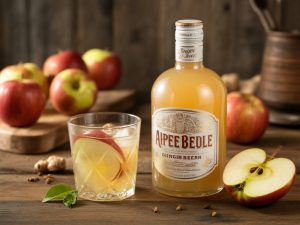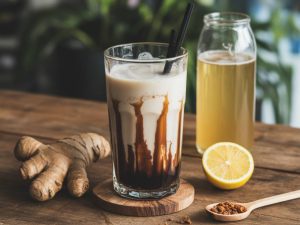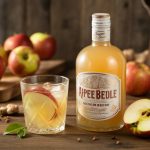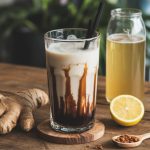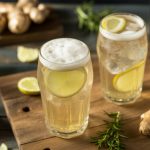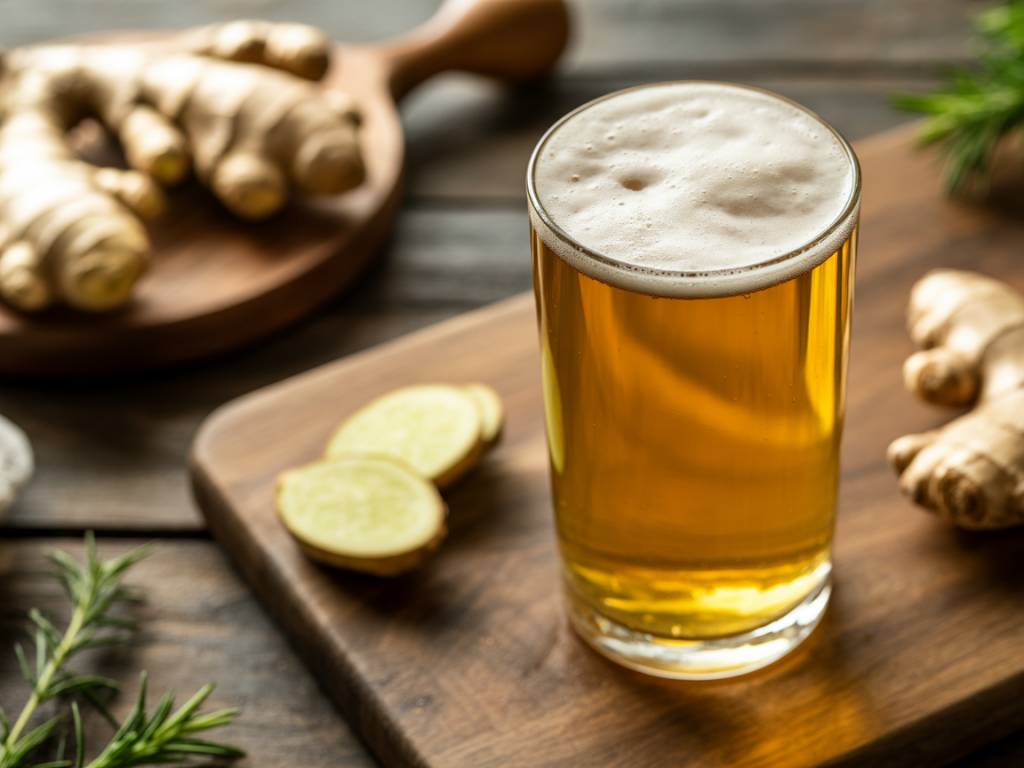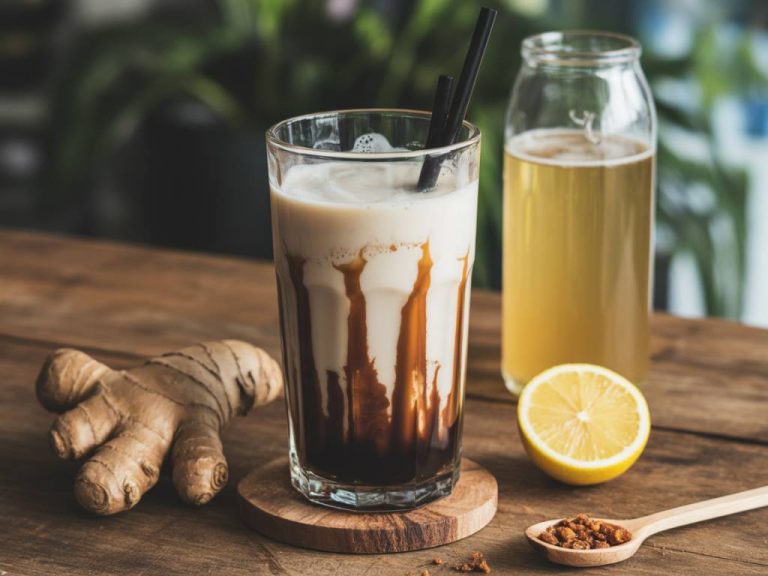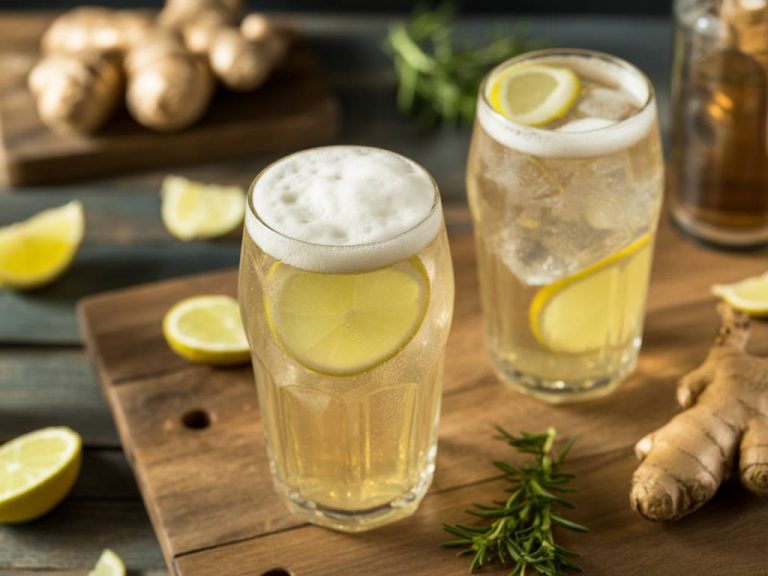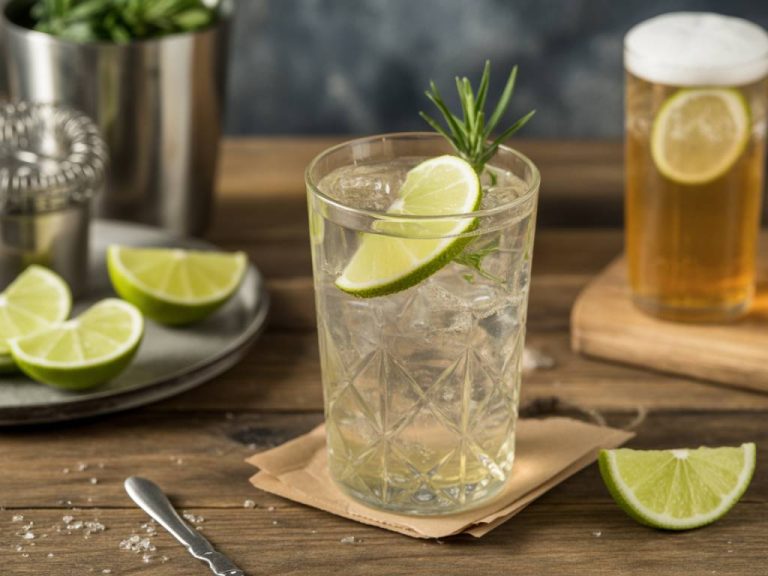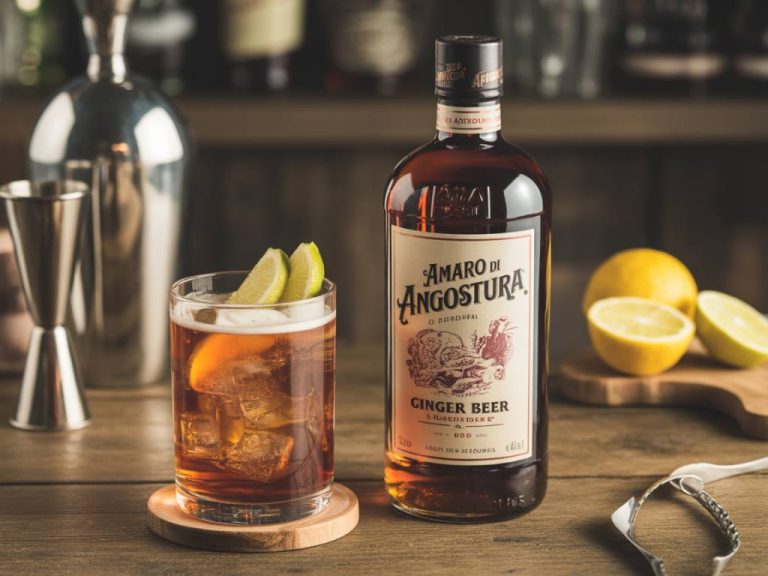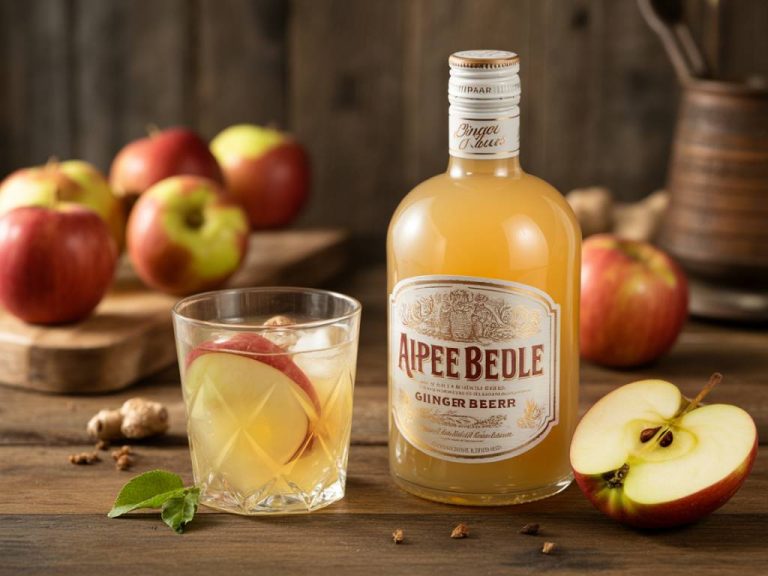The Surprisingly Simple Science of Elevating Beer with Natural Ingredients
Beer has been humanity’s beloved brew for thousands of years, but even the most devoted hop-heads admit: not all pints are exciting. Some taste flat, unbalanced—or simply “meh.” But what if I told you there’s a natural, remarkably accessible way to give your beer a flavor boost without resorting to artificial additives? Enter ginger—nature’s zesty powerhouse. Combined with a few other ingredients, it can transform a dull lager into a layered delight or enhance the complexity of a rich stout.
In this article, we’ll explore how ginger and other natural ingredients can improve taste, mouthfeel, and even the health appeal of your favorite beers. Whether you’re brewing at home or just experimenting with a glass from your local craft shop, these tips are backed by tasting trials, nutritional insight, and a good dose of hands-on experience from my own kitchen-bar-laboratory.
Why Beer Sometimes Needs Help
Even though brewing is an art, not all beers are created equal. Mass-produced lagers often lean heavily toward a uniform profile—light, watery, and uninspired. Some darker brews can overwhelm the palate with roasted malts and lack brightness. Others suffer from poor storage or imbalanced hops.
Natural adjuncts like ginger can cut through the noise and add clarity, spice, and aroma. Their use isn’t just anecdotal: breweries across the globe—from Belgium to Japan—are increasingly incorporating botanicals into modern brewing practices, with ginger taking center stage in many experimental ales.
Ginger: More Than Just a Kick
Ginger (Zingiber officinale) offers a rich combination of compounds such as gingerol and shogaol, which contribute to its pungency, warmth, and slight sweetness. These compounds aren’t just flavorful—they also play well with hops, malt, and yeast-derived esters.
Here’s how ginger specifically enhances beer:
- Balance: The pungent kick of ginger can offset excessive sweetness or bitterness in beer.
- Aromatics: Fresh ginger delivers bright, peppery citrus notes that lift the nose of a flat brew.
- Complexity: Ginger adds layers, turning a one-dimensional beer into a multi-sensory experience.
- Digestive benefits: Anecdotal, yet well-supported in nutritional literature, ginger promotes digestion—which might make your beer session feel lighter.
How to Add Ginger to Your Beer (Without Ruining It)
Adding ginger to beer is simple but requires a bit of tact. Overdo it, and you’re drinking ginger tea with hops. Underdo it, and the ginger disappears. Here are three methods you can try, depending on whether you’re brewing your own beer or modifying a store-bought one at home.
1. Infusions for Commercial Beer (The Home Drinker’s Hack)
If you don’t brew at home but want to enhance your bottled beer, you can create a quick ginger infusion. Here’s how I do it when I want to jazz up a bland pilsner:
- Peel and finely grate about a thumb-sized piece of fresh ginger.
- Add the ginger to a French press with the zest of half a lime and a few fresh mint leaves (optional, but excellent in a summer ale).
- Pour in one bottle of your chosen beer, press gently, and let sit for 3–5 minutes.
- Strain into a chilled glass and enjoy immediately.
Pro tip: These infusions work wonders with wheat beers, as the citrus and herbal notes complement Belgian yeast profiles beautifully.
2. Brewing with Ginger
For homebrewers, ginger is best introduced during the boil or fermentation, depending on the impact you’re chasing:
- Boil Phase: Adding sliced fresh ginger during the final 5–10 minutes of the boil extracts essential oils and pungency. Expect a pronounced, spicy flavor.
- Fermentation Phase: If you add ginger (in sanitized form) during fermentation, it provides more aromatic subtleties and less bite.
Personally, I’ve found a hybrid method—splitting the ginger dose between boil and late fermentation—yields the most balanced results.
Other Natural Enhancers That Pair Well with Ginger
Ginger plays well with others, especially if you’re willing to experiment:
- Citrus peels: Orange or grapefruit zest lifts IPA bitterness and complements ginger’s brightness.
- Honey: Adds mellow sweetness and floral notes without spiking the ABV too quickly. Great in ginger-honey saisons.
- Cardamom: Just a pinch adds warmth and a slight menthol touch, excellent in dark Belgian ales.
- Cucumber: Surprisingly refreshing with ginger in light ales or summer lagers. Think spa day, but boozy.
Flavor Pairings: Examples from My Tasting Notes
Over the past few months, I’ve tested various ginger-adjacent combinations, each bringing unique results. Here are three standout mixes to try or tweak to your liking:
- “Ginger Gose Awakening”: A gose brewed with ginger, coriander seed, and a dash of grapefruit peel. Tart, spicy, and immensely drinkable.
- “Spiced Session IPA”: Infused post-boil with ginger, lemongrass, and orange zest. Bright bitterness with a kick on the finish.
- “Midnight Root Stout”: A sweet stout aged on roasted ginger and cacao nibs. Earthy, warm, with subtle chocolate and molasses undertones.
In each example, ginger acts either as a top-note enhancer or a middle-body anchor, depending on how and when it’s introduced.
Healthier Beer, One Root at a Time
While beer will never be a health food (sorry), using natural adjuncts like ginger can gently tip the nutritional scale. Its potential anti-inflammatory and digestive benefits are supported by studies published in Phytotherapy Research and the Journal of Nutritional Biochemistry. Some brewers are even experimenting with low-alcohol or kombucha-style beers infused with ginger to offer probiotic perks or low-sugar profiles.
Ginger also allows for lower doses of sugar or artificial flavorings. For example, replacing some of the residual sweetness in fruit beers with ginger-backed zest can result in fewer fermentable sugars—meaning fewer post-happy-hour regrets.
Tips for Maximum Flavor Impact
If you’re planning to experiment, don’t go in blind. Use these guidelines to get the most from your ginger-enhanced creations:
- Use fresh ginger when possible. Powdered ginger is dull by comparison and often carries bitter or oxidized notes.
- Balance heat and sweet. Especially when brewing, ginger’s intensity needs a dial-in. Malt sweetness or citrus acidity helps round it off.
- Let it rest. If infusing, give your beer time (under refrigeration) for the flavors to meld—minimum 6 hours, ideally overnight.
- Pair assertively. Ginger holds its own with bold flavors. Don’t be shy with spices, hops, or funk-forward yeasts.
Bottom Line: Ginger Isn’t Just for Tea
In the quest to make beer better, few natural ingredients offer the punch, versatility, and health-conscious appeal of ginger. Whether you’re spiking a commercial brew at home or designing your next craft batch from scratch, ginger invites creativity—and rewards it with flavor.
So next time you crack open a mediocre beer, ask yourself: what would a touch of ginger do here? You might just find your new go-to pint is hiding in your spice drawer.



